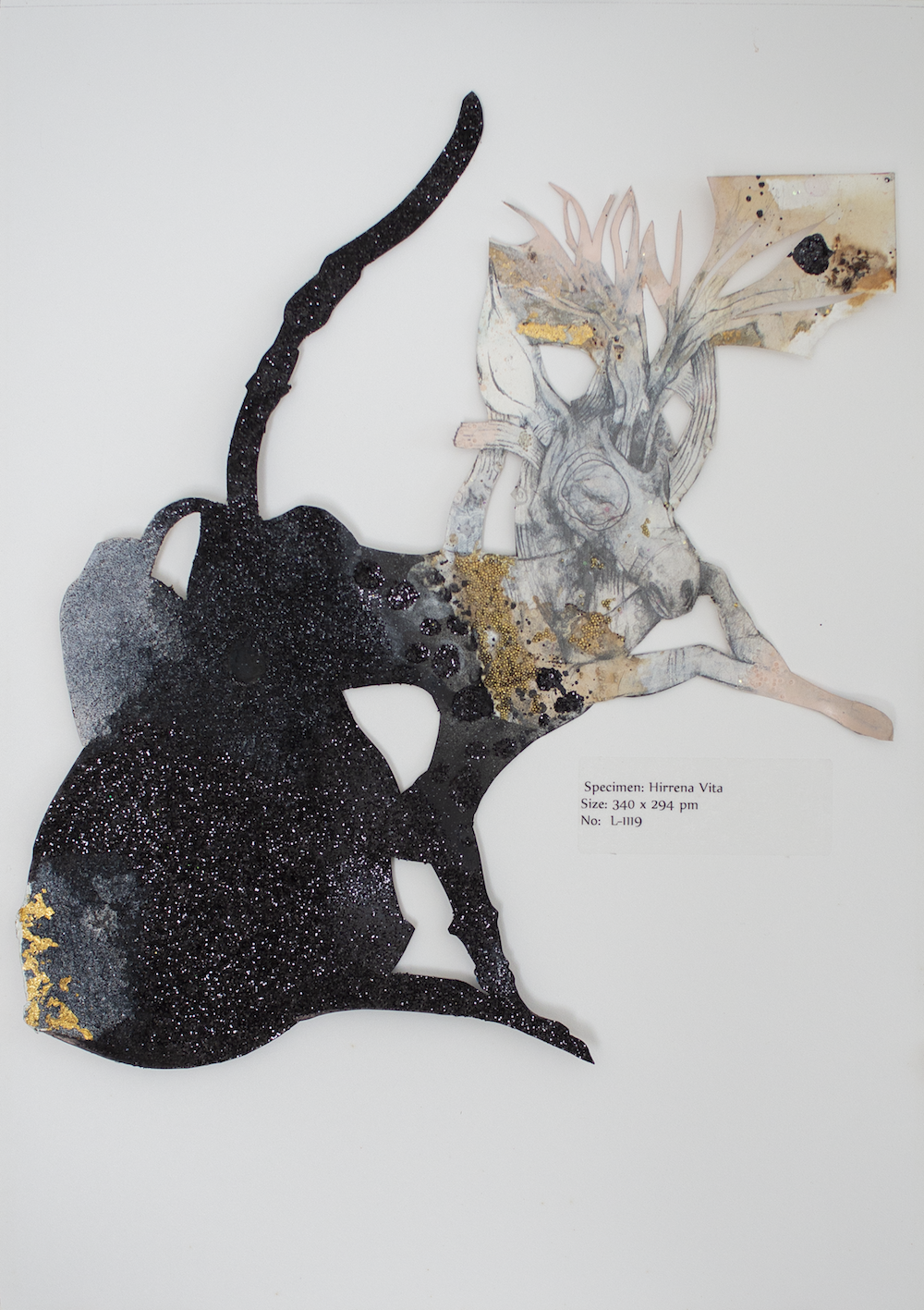By Natalie Willis. “i learn urgently | the architecture of loss | then find you again.” ― Warsan Shire. Lavar Munroe’s “Memorials” series is an exercise in the architecture of loss, of remembering, and the residue of life we leave long after we are physically gone from this world. A parachute, a hand-made urn, and flowers are an unlikely pairing but help to braid together the strands of the story of a man’s life, but they also offer us a thread between worlds, between countries, between lives, and between times. Munroe–proud of his upbringing and regular reunions with the Grants Town community where he still holds a studio–spends much of his time these days travelling. Not unlike the parachute shown in “Return: The Magic Flight” (2018), he is uprooted, but he often finds his way back to the solid soil of this historic settlement in Nassau. The “nation’s navel” that is Bain and Grants Town have produced a number of historically significant figures in Bahamian history, and Lavar is well on his way to being a key fixture in Bahamian art history for years to come, if his current 10 year survey at the NAGB (with the proud and proclamatory title “Son of the Soil”) is any indication.
All posts tagged: Son of Soil
The Case for Lavar Munroe: The Son of Soil
Strange Darknesses: Lavar Munroe’s sinister fantasy creatures in the “specimens” series.
By Natalie Willis. They may appear to be things of fantasy, with their glittering feathered wings, beads, embellishments, and horns adorning those who look to be less than the usual hooved suspects, but Lavar Munroe’s “Specimens” series find their footing in the real world through their presentation, and indeed through their representation. By investigating through fantasy and myth the repercussions and implications of the waves of colonialism on this landscape, first with Columbus, but also alluding to British colonialism with the museum-style classifications and taxonomies of these fair and strange imagined beasts, Munroe’s “specimens” give us a moment to really think beyond the horrific impact on humans and into the broader ecology of The Bahamas.


